The Pico volcano is the highest Portuguese mountain, at 2,351 metres from the sea level. It is a stratovolcano (which means it is a conical volcano with a steep profile) with a pit crater on its summit. Its crater is circular and measures about 500 metres in diameter. Inside this crater there is another peak, called Piquinho (or small peak), which is a volcanic cone created by a later eruption. Piquinho rises another 70 metres from the crater.
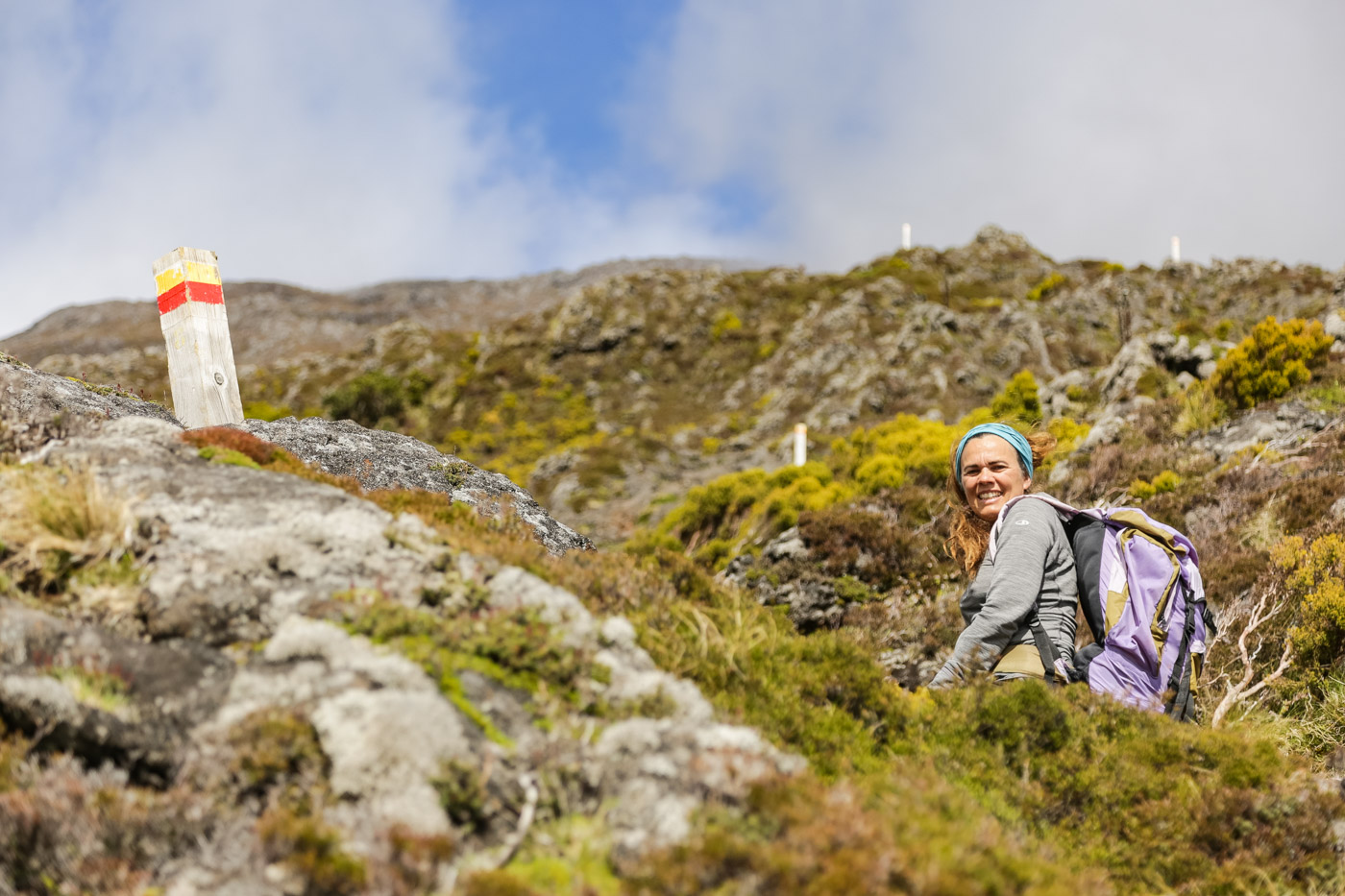
If you plan to ascend the Pico mountain, you should first of all go to the Casa da Montanha, where you can collect all the information you need regarding authorisations, guides, prices and weather forecast. You can also make your online reservation on the official website of Casa da Montanha (more about this later).
Characteristics of the climb of Pico Mountain
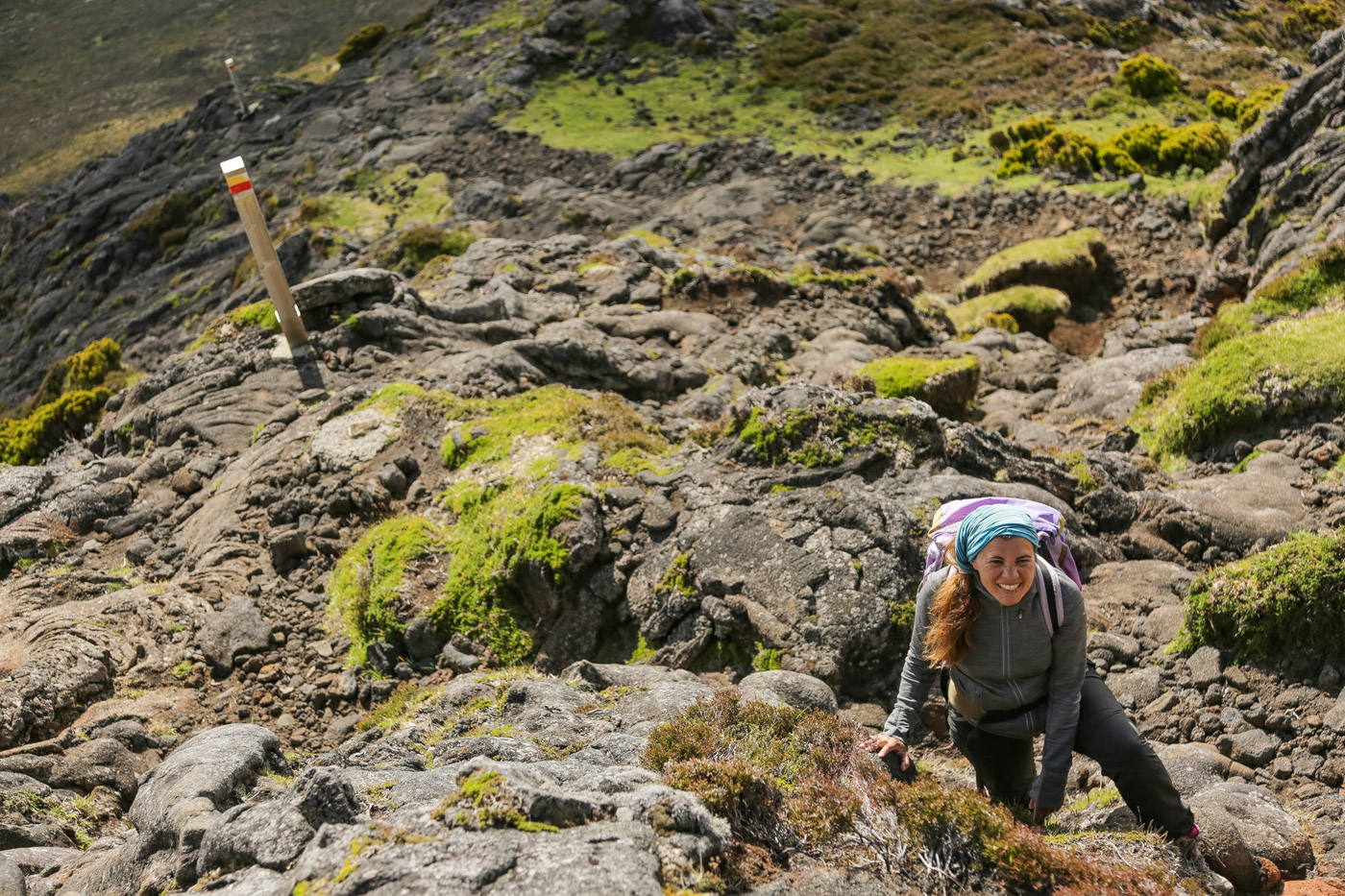
Climbing the Pico mountain is not an easy task. Before asking for the permission to climb and making all necessary payments to get the authorisation, make sure you understand what you are up to. Most important, make sure you know your limits.
Climbing Pico's summit is not like a walk around the park!
We need to say this, because when we were climbing down, on the second day, we saw many people climbing with inappropriate shoes and clothes, many not even carrying a bottle of water. Attempting a summit, without the minimum preparedness or without the basic material seems irresponsible and can be life threatening.Pico mountain is above 2,000 metres, and from the Casa da Montanha (where the trail starts) until the crater (and further up until Piquinho), it is always up the hill, without any flat trails. The trail itself is of high difficulty. Even if no technical climbing is involved, due to the loose rock along the way, one often feels that one is actually climbing, using hands as much as legs.
How long does the climb take?
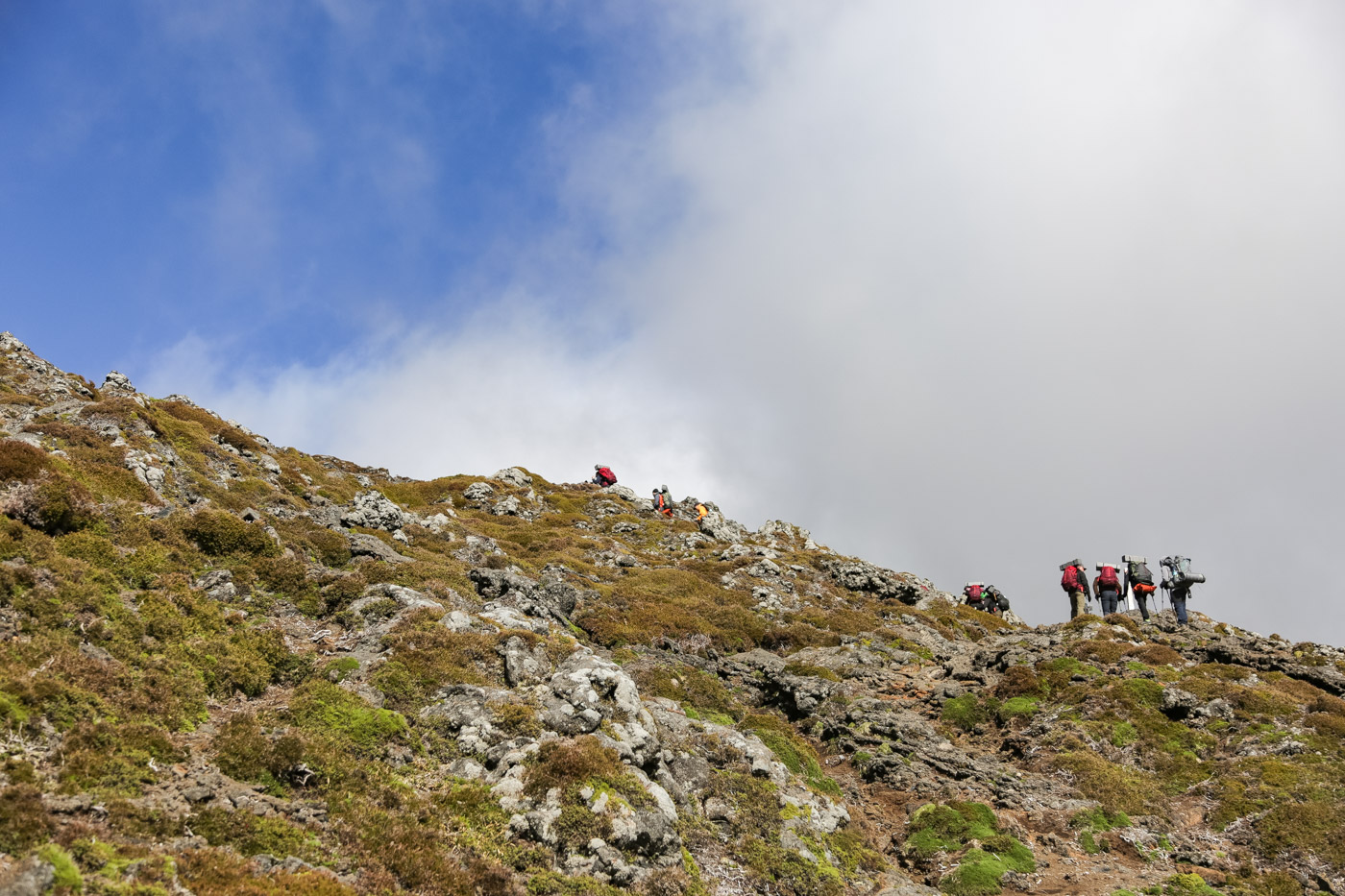
Someone with a medium preparation will be able to complete the climb in an average of three to four hours. In our case, as we stopped often for photos and videos, and we also like enjoying the views behind us, it took us four hours. But this average will depend on each person’s physical condition. If you are taking too long to reach the top, remember that you will need at least as much time to descend, therefore be attentive to your body and strength.
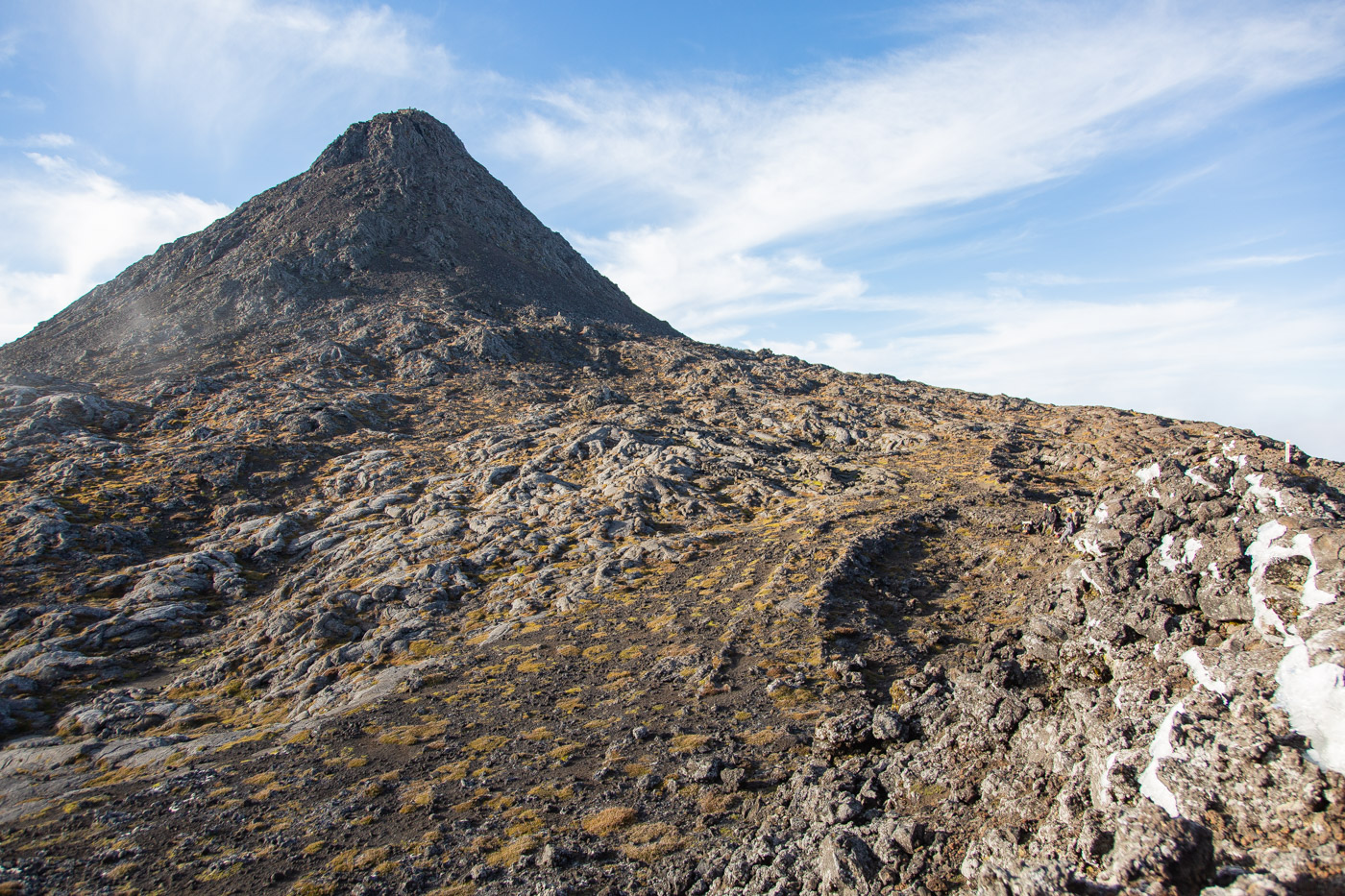
The descent usually takes a bit longer, due to the difficulty of the trail, with many loose rocks and gravel. In our case, it took us four hours and a half, and a paining knee. For me, physically, the descent was more demanding than the ascent.
How long is the trail to the top?
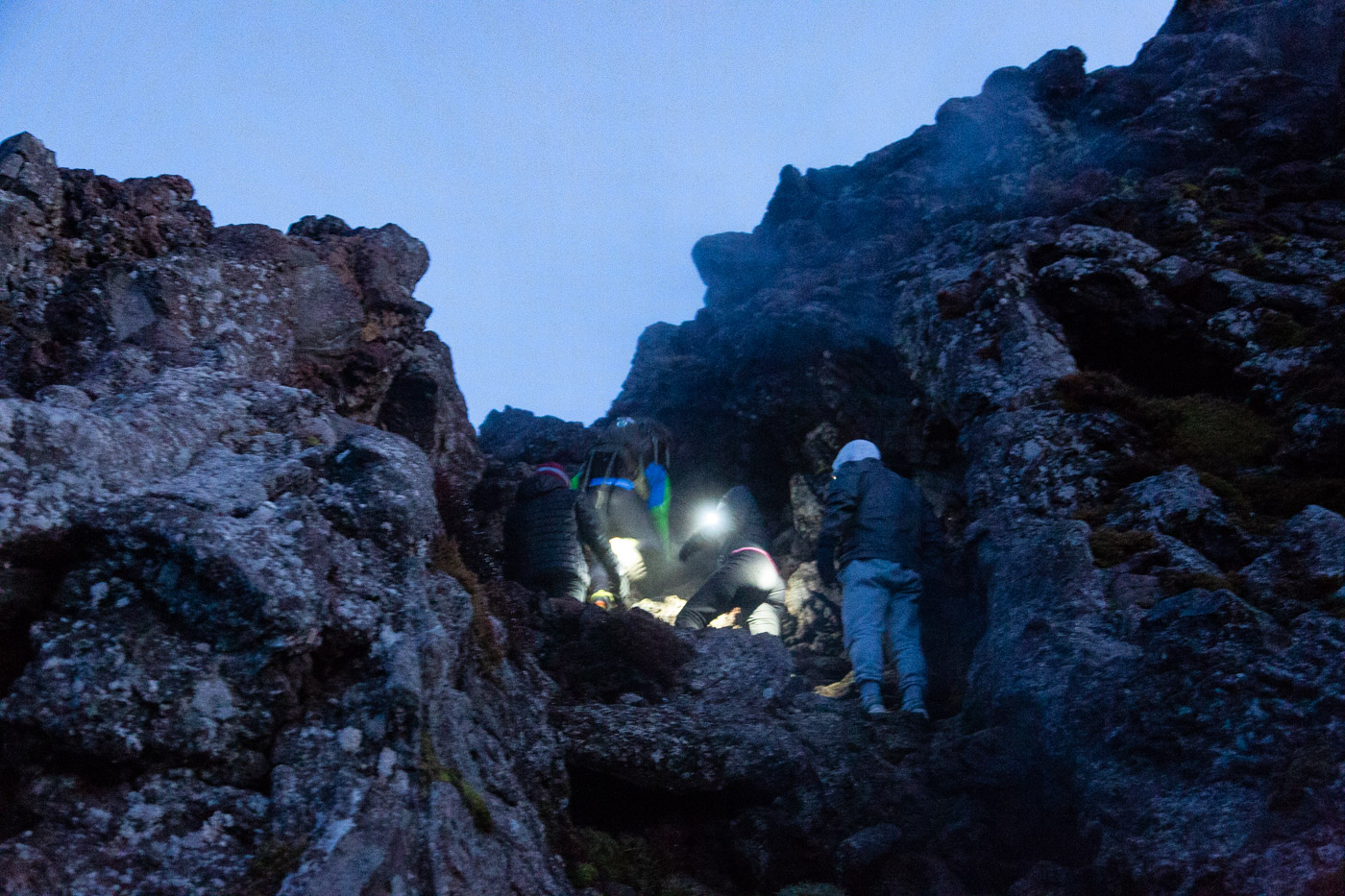
The trek to the volcano starts at the Casa da Montanha which is located at 1,200 metres of altitude. From there to the top (at 2,351 metres) there are only 3.8 kilometres to be walked. The difficulty is not so much about the distance, but about the altitude difference, which is around 1,200 metres, and of course, the ground, with a lot of rock to climb and some gravel and loose stones.
Signs along the trail
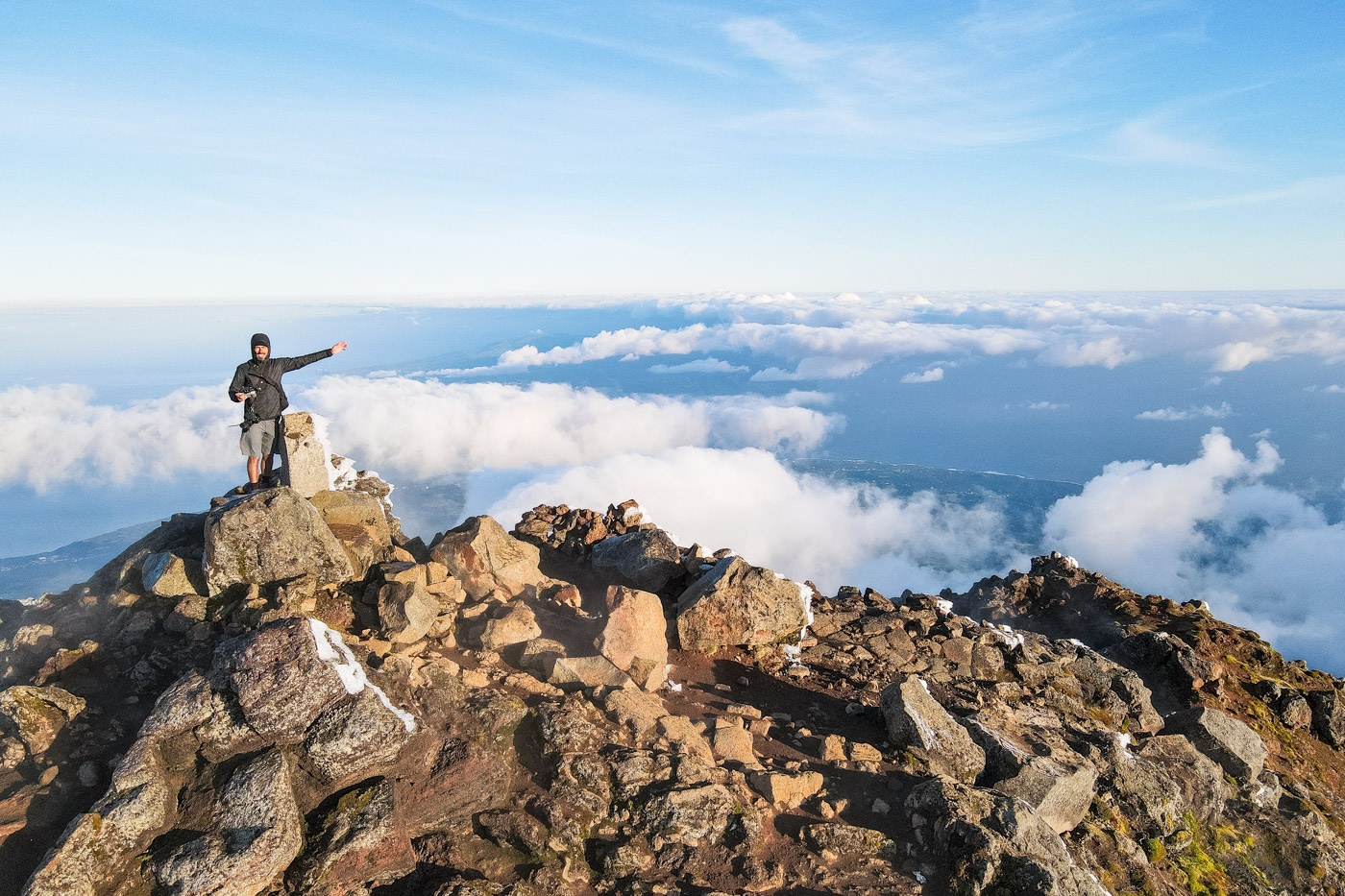
The trail is very well maintained and signed with 47 wooden posts. The idea to have so many signs along the trail is to make sure one always keeps the previous and the next post at sight, specially in case of fog, to make sure the hiker does not get lost.
The distance between the first ten posts is long, and, somehow, demotivating because we did not have the feeling we were advancing. As soon as we reached mark fifteen, however, and because they were placed immediately one after the other, we had the feeling we were much quicker and this definitely served as an encouragement.
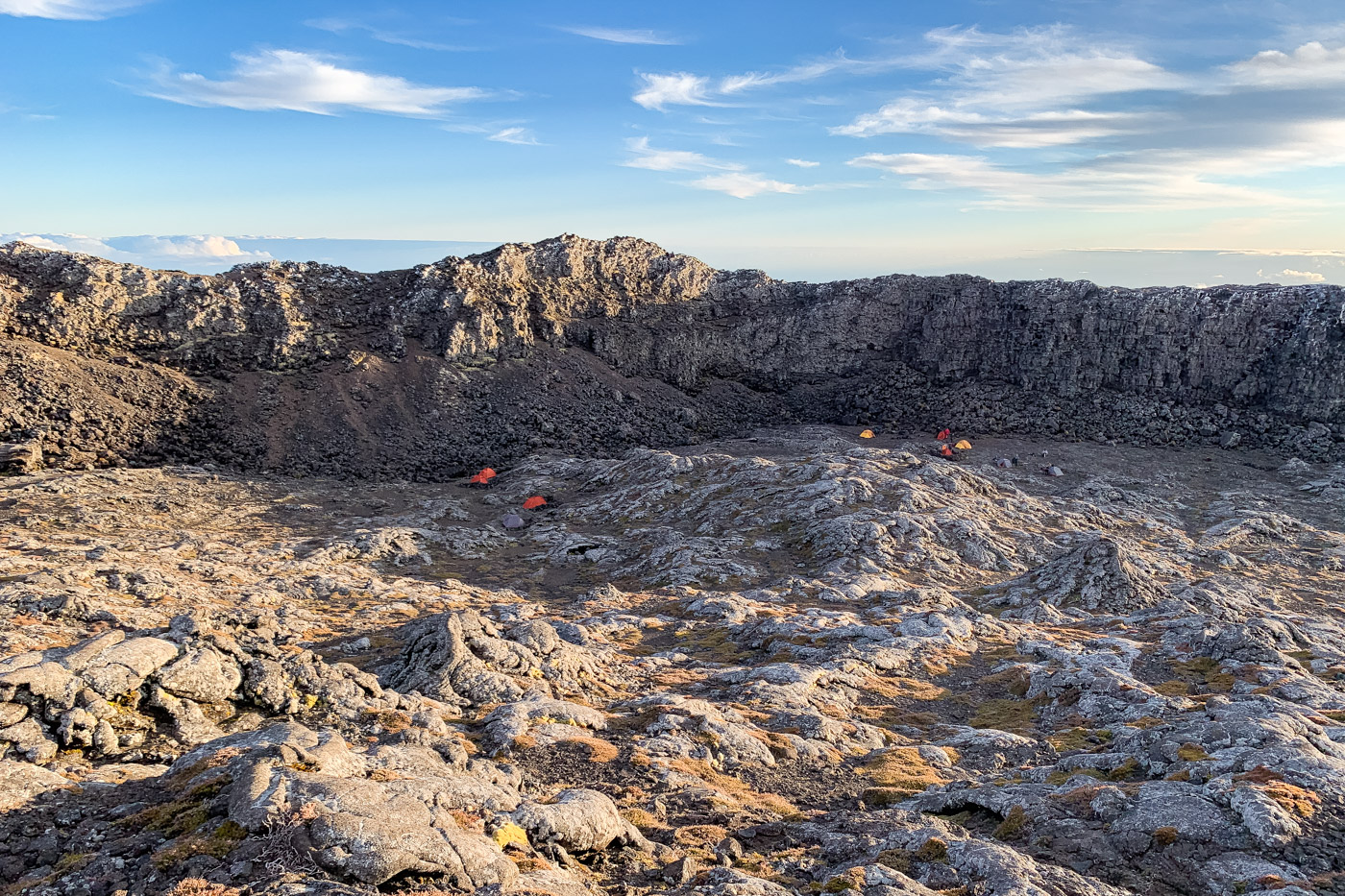
From around half the way up, we noticed that we had to use our hands to help climbing the rocks, and this alone is indicative of the difficulty of the ascent. From post 40 on, somehow the climb is not so steep any longer, and it gets a bit easier to advance, though, by now, I hardly felt my legs. Mark 46 is situated at the top of the large crater. This is the place where those that will spend the night will have to find a spot to set camp. Mark 47 marks the beginning of the very last ascent until Piquinho.
How much does it cost to climb the Pico mountain?
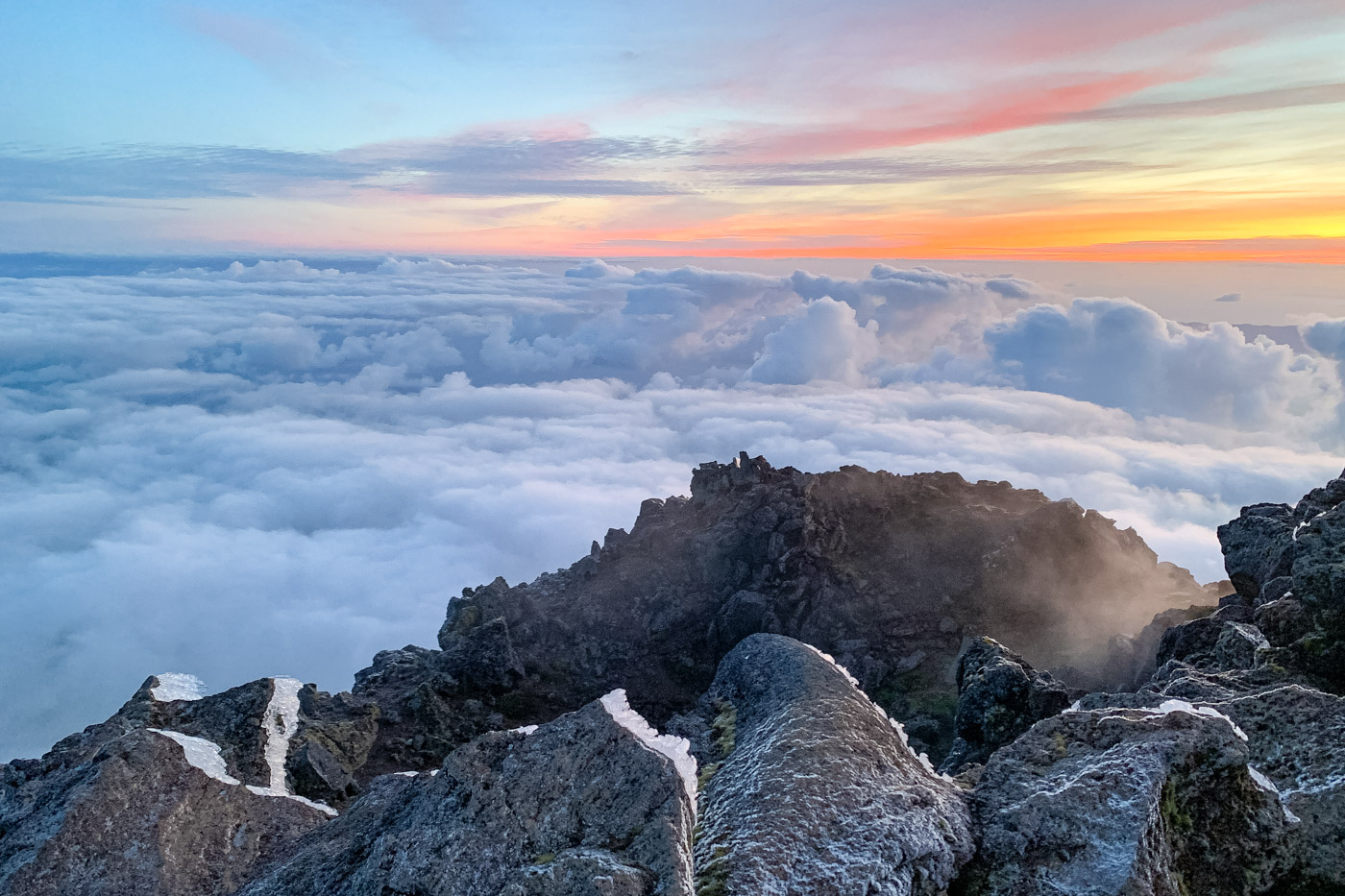
Prices vary depending on what you wish to do. Before finding out the prices, you should decide if you want to climb solo or with a guide, if you want to climb to the crater only, or if you also want to climb to Piquinho (and yes, if you are going all the way up, you will also want to go to Piquinho). You also need to decide whether you want to sleep above, on top of the crater. All these decisions will influence on the price you are going to pay.
- Getting a guide: prices of guides vary depending on the size of the group and the number of days (one or two days). You will find enough offers throughout the island.
- Price of permit to climb to Pico crater: 15 EUR/person
- Price of permit to climb to Piquinho: 10 EUR/person
- Price of permit to sleep on crater with one’s own tent: 10 EUR/person
All together this means, if you decide to climb solo (i.e. without a guide), go all the way until Piquinho and sleep on top of the crater, you will pay 35 EUR/person. That’s what we did.
Should you take a guide (mountaineer)?
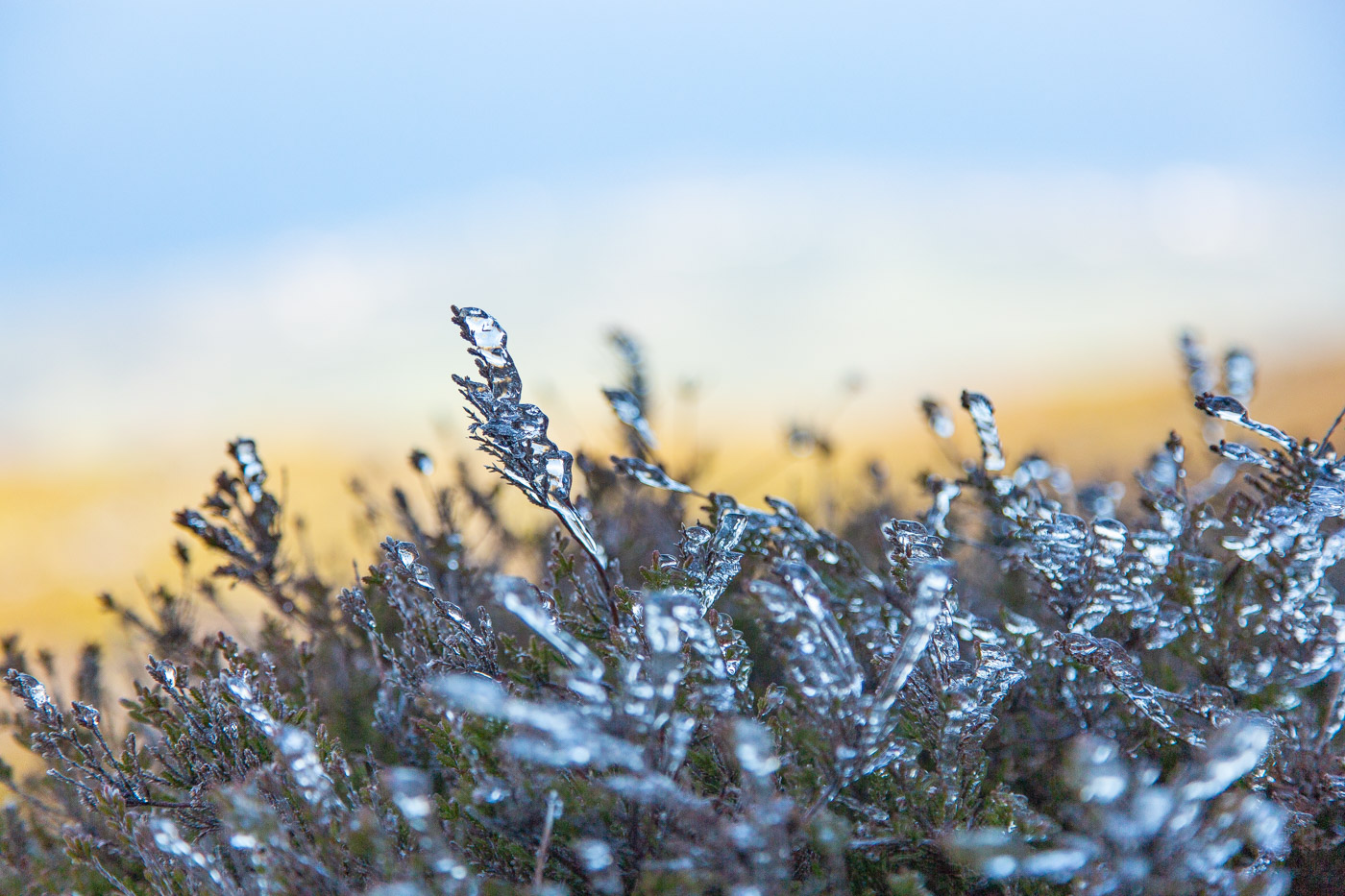
This is again a very personal decision. If you are afraid of getting lost, we can assure you that the way is very well signed, and that all the hikers receive a GPS at Casa da Montanha, which can also be used as a phone in case of urgency. For this reason, you probably will not need to go with a mountaineer. But, the weather changes often, and if you feel safer with a guide, then you should definitely climb with one.
Pico's summit in winter
If you consider climbing Pico during winter time, when there is snow, we strongly recommend that you go with a mountaineer. The ascent in winter is possible, but technical, with crampons and ice axes. We would love to return to Pico in winter and try the ascent then, but in this case, we will not hesitate to do it with a competent mountaineer.A mountaineer will be an asset also if you need encouragement, if you need some sort of physical help or if you need company. Guides are usually very friendly guys who like social contact, and they will be able to share relevant information about the volcano or just tell you the most wonderful stories during the breaks.
Climbing in one day only or in two days with overnight stay?
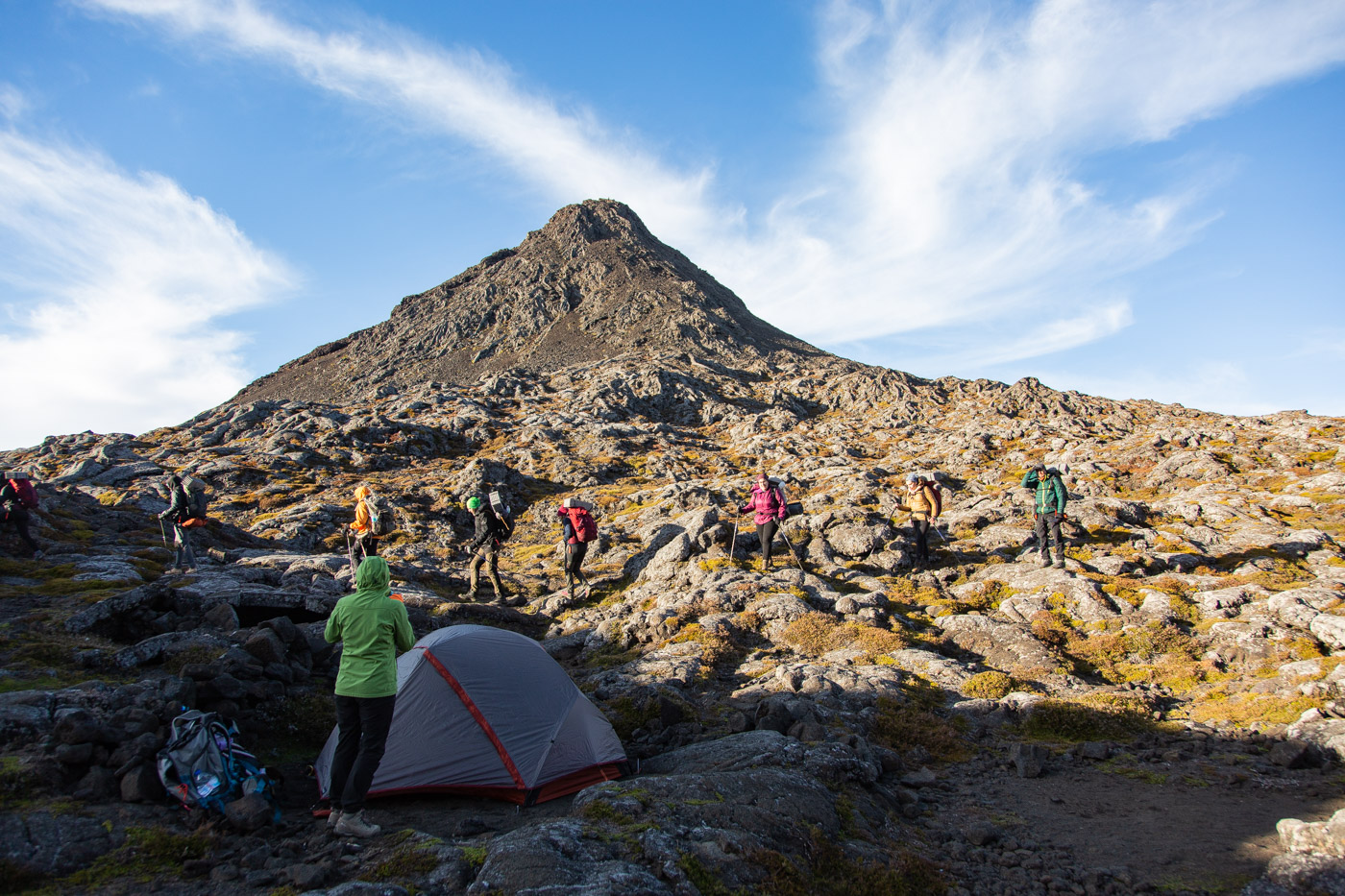
This is your choice, and whatever you decide it will be a great experience. If you have enough time, we advise spending the night there. The experience of being on top of Pico both at sunset and sunrise is priceless. But of course, it comes with the price of having to carry all the camping gear to the top of the mountain.
There are a few reasons why you should start in the afternoon and spend the night high up on the crater. If you do that, you will be splitting the effort in two days. It will be hard to climb, so it is reassuring to know that you will have a night of sleep before starting to retrace the way down again. We appreciated a lot that after such an effort, we did not have to climb down on the same day.
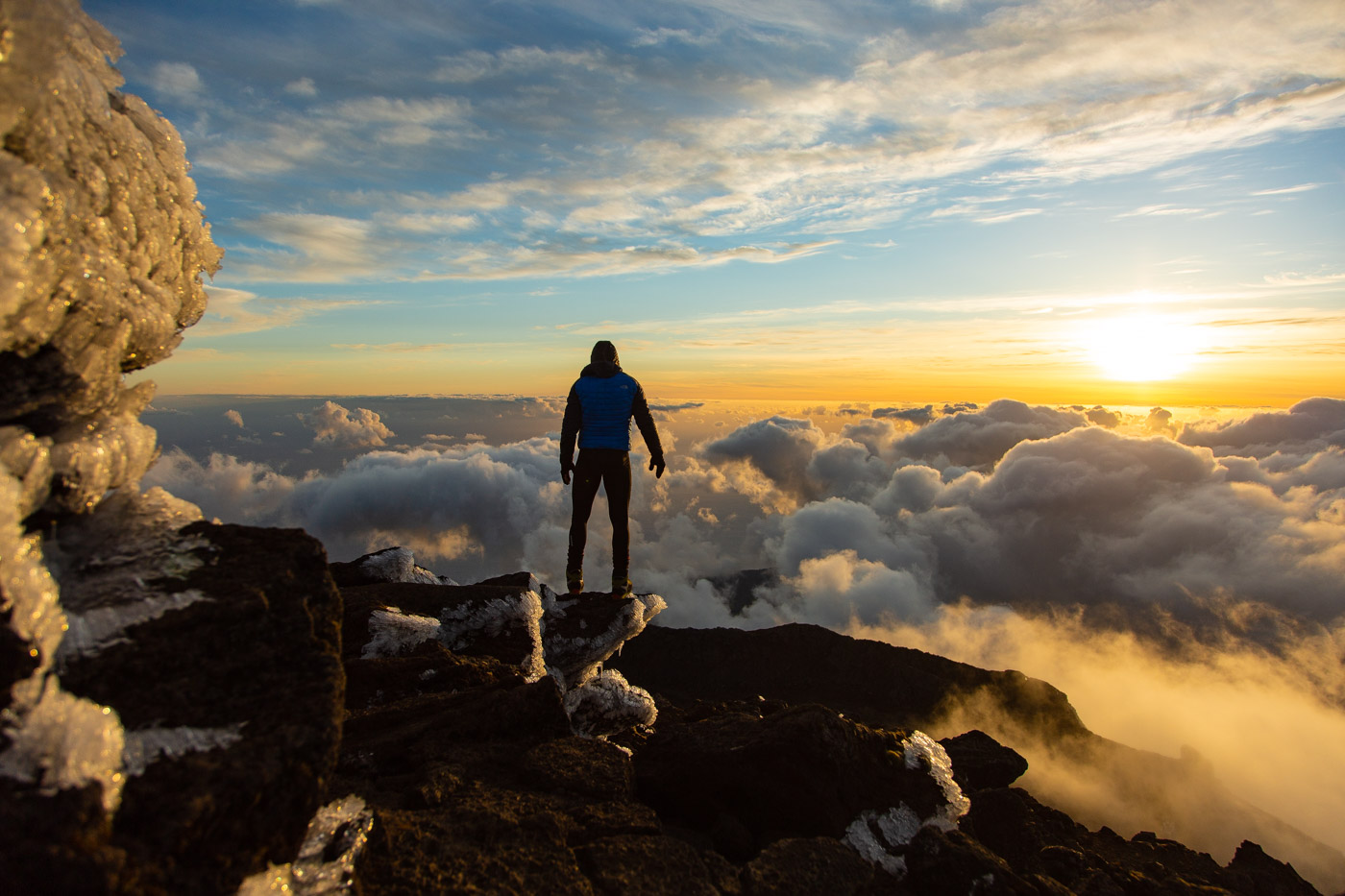
If you sleep there, you will get the unique chances of witnessing both the sunset and the sunrise. So, if you are ascending with bad weather, at least you have double chances of getting good weather on one or the other day.
Be prepared for very cold temperatures
Please do not underestimate the temperatures at the top of Pico Mountain, even if you climb in summer time. Specially if you plan to spend the night there, make sure your gear is warm enough for temperatures below zero degrees. Also, remember to bring several layers that you can wear to keep you warm through the night.Make sure your sleeping bags are warm enough to spend the night there, as even in summer, temperatures can drop to negative levels. When we slept there, we had ice on our tent during the night and morning, and did not have a very cosy night of sleep because of the temperatures.
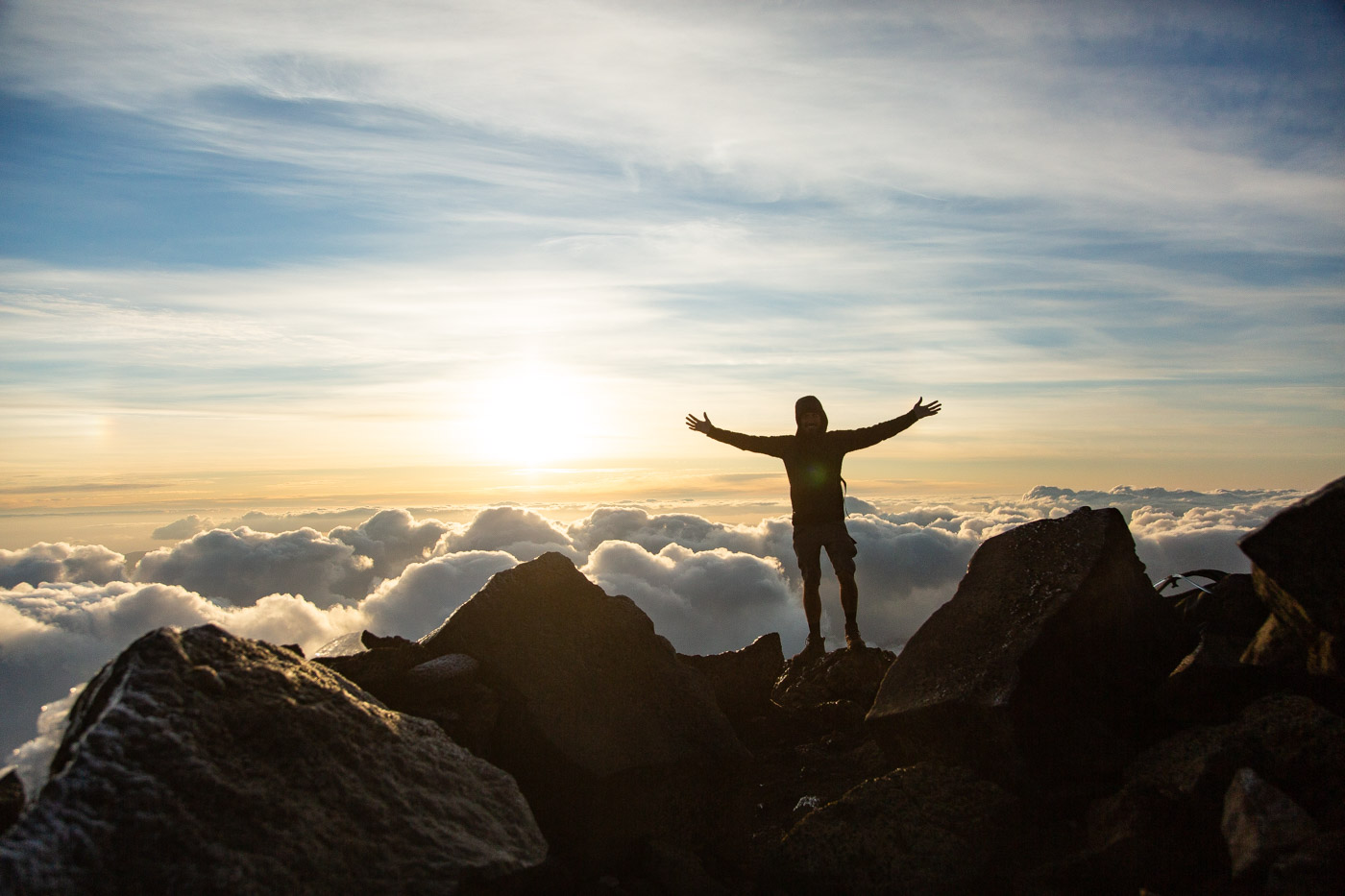
For us, there are many more advantages of climbing in two days instead of one day, but, again, that choice is personal, and each one should do as he judges better.
At Casa da Montanha you will find out the schedules for starting the ascent. You can start the climb at any time, but there are four window frames that you ned to choose at the time of your reservation.
00h00 – if you plan to climb to be there at sunrise, you can start from 00h00 on
08h00 – you can start from 8h00 if you plan to go for the day
12h00 – you can start from 12h00 if you plan to go for the day
18h00 – you can start from 16h00 if you plan to climb and spend the night
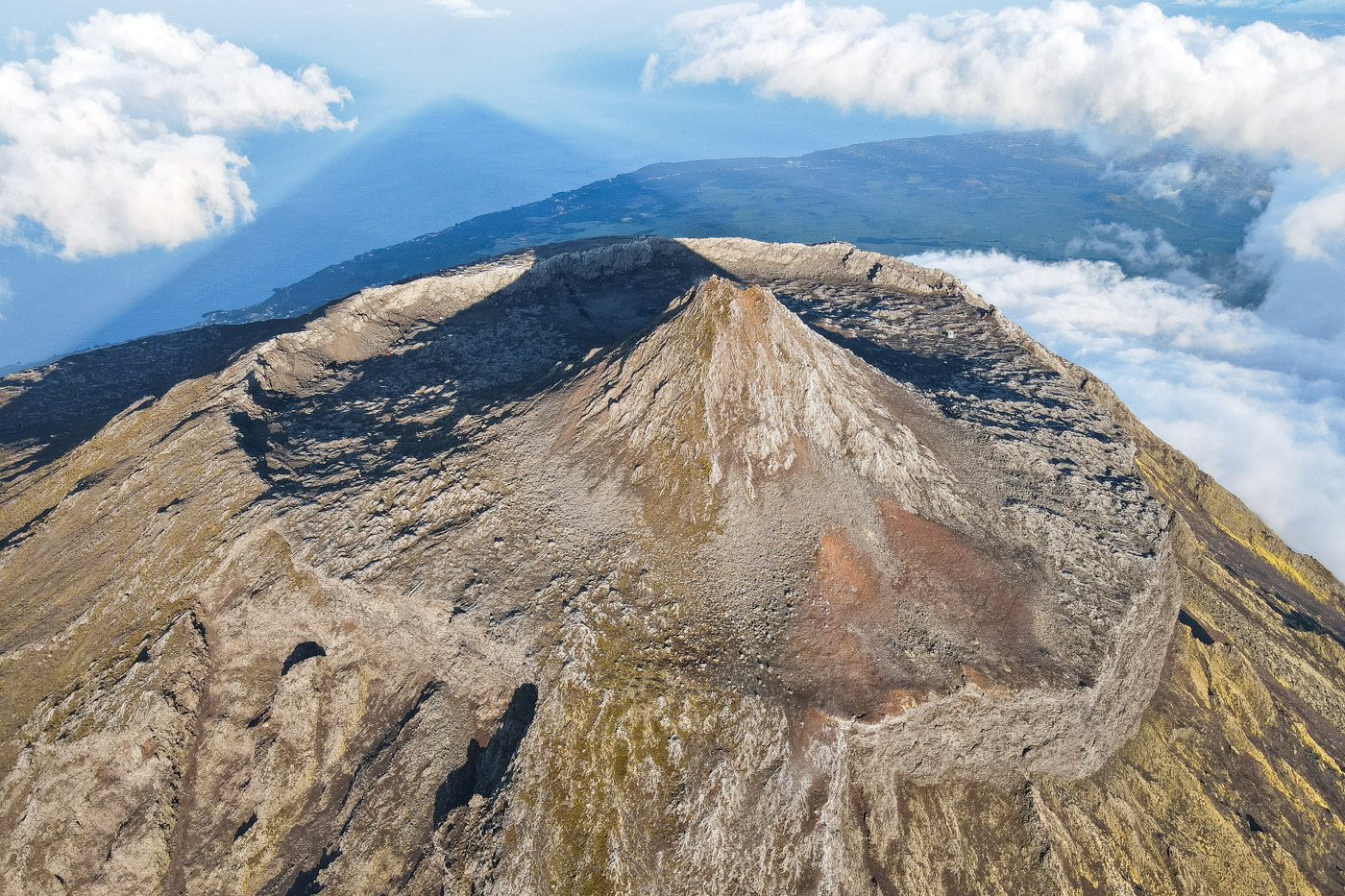
After watching sunrise, we descended to the main crater, set down our camp and prepared for the long descent, which actually took us a bit longer than the ascent, because of the nature of the trail, with loose rock and stone.
Booking and paying the permission online
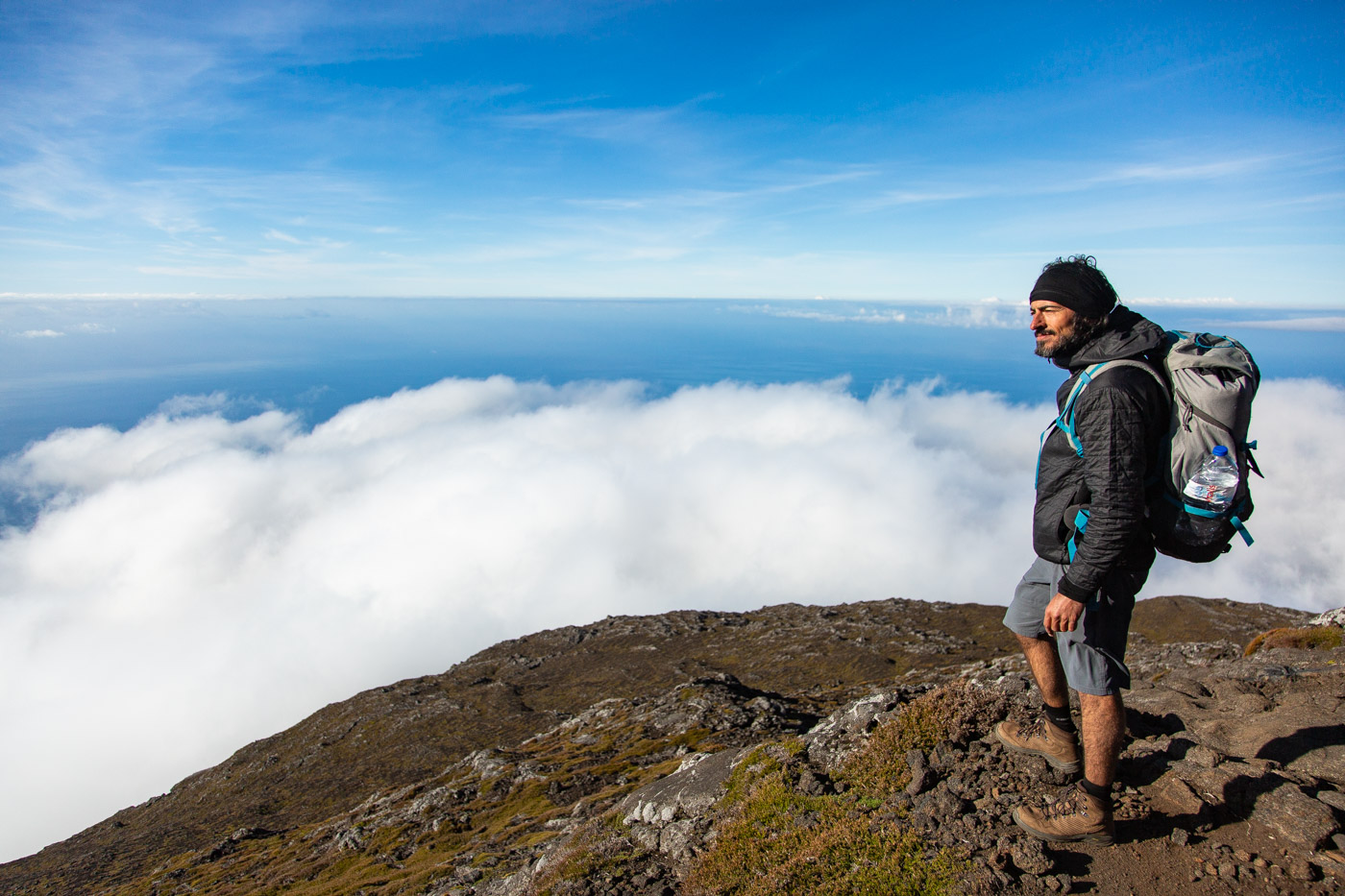
You can visit the Casa da Montanha for information, but not to book and pay your climbing permission. That needs to be done online. Unfortunately, when we attempted to book our ascent online, although we were able to make a booking, we were unable to make the payment (no credit cards accepted). We called the Casa da Montanha to know if we could pay them on the day of our ascent, but unfortunately, they cannot accept payments there. Find out with them how to proceed with payment.
Only thirty hikers allowed to set camp on crater per day
Be aware that the number of people authorised to climb is limited to a certain number per day, and there are different time frames for scheduling the ascents. Also, the number of people allowed to camp on the crater is limited to thirty per day, therefore, you may have to book your ascent a few months in advance!If you are planning to visit Pico island, check our article about Pico:
Planning to visit more islands in the Azores? Have a look at our articles:


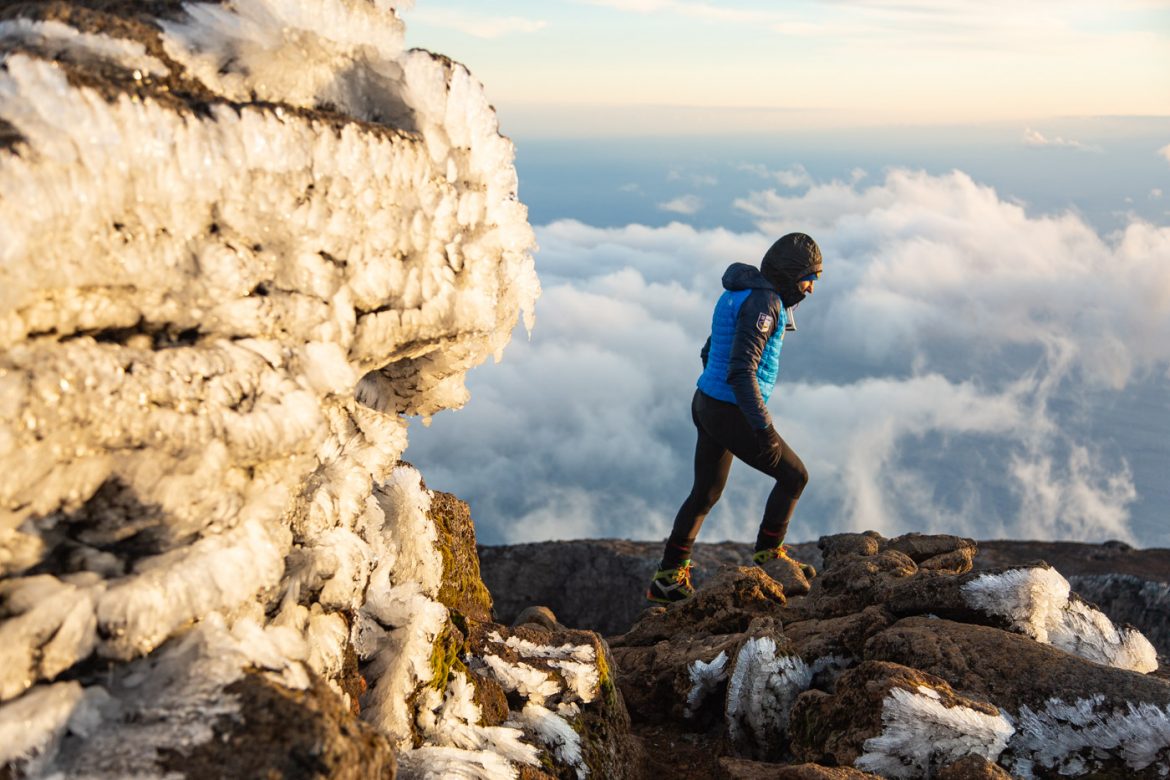
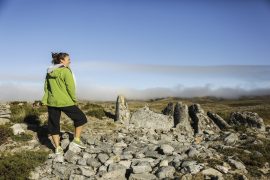
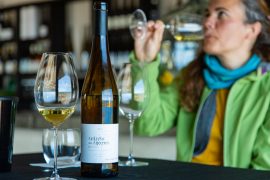
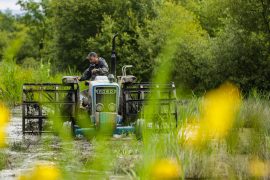
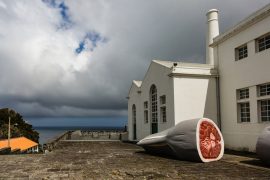

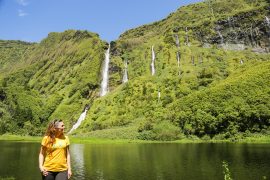
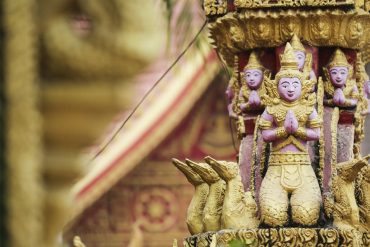

Hi,
great article and helpful info!
Do you know if it is possible to rent a tent/sleeping bags somewhere on Pico? Carrying out it with you when traveling might take significant space in the bag:)
Also, when did you go there and what was the temperature during the night?
Cheers!
Hi Karol,
Thanks for your message, we appreciate it!
When climbing Pico, we took our own camping gear (tent, sleeping bags and mattresses), but we saw other people climbing (who had gone up with a guide), who did not have their own gear, they had rented it from the guide. So, yes, it is possible to rent the material, though I am afraid I cannot give you any recommendation because we didn’t use any agency. I guess any travel agency will be able to rent you the material, or give you information about where to rent it. We climbed Pico in June, and the night on top of the mountain was really chilly! I must say we were equipped with our summer sleeping bags, so we had to sleep with all our clothes on, it wasn’t comfortable. If we do it again, we will take warmer sleeping bags. I think temperatures were around zero.
Hi,
thanks for your comprehensive reply.
Just to let you know, unfortunately it’s no longer possible for the tourists to use a free routing service with SATA.
Cheers!